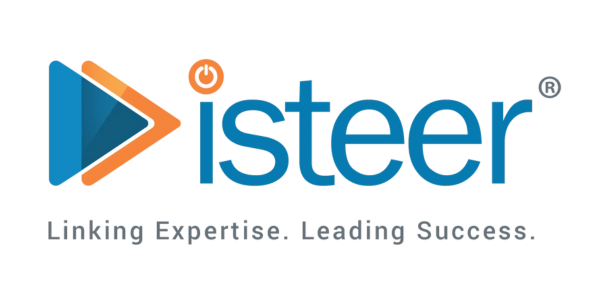Introduction
In today’s data-driven world, businesses rely on seamless data synchronization to enhance decision-making and operational efficiency. Managing historical and operational data across multiple platforms requires an effective integration strategy. This blog explores how Workato, along with Ruby and Python, optimizes data synchronization from Canvas LMS to an SQL data warehouse.
Challenges in Data Synchronization
Handling Dynamic JSON: Different datasets have unique structures, making data transformation complex.
Processing Large Files: Workato’s file size limitations require optimized workflows for handling large datasets efficiently.
Dynamic Table Creation: SQL tables must be created dynamically to accommodate new datasets from Canvas LMS.
Error Handling and Retry Mechanisms: Ensuring data integrity and completeness by managing errors and failed records effectively.
Automated Data Synchronization with Workato
To streamline data synchronization, Workato integrates Python and Ruby to facilitate efficient data transfer between Canvas LMS and the SQL database. The automation process includes:
Dynamic Data Management: Workato fetches daily snapshots from Canvas LMS and processes JSON data using Ruby and Python.
Pre-Processing and Transformation: Raw JSON data is parsed and formatted before storage in the data warehouse.
Automated Table Creation: Workato dynamically creates SQL tables and maps extracted data to predefined schemas.
Efficient Data Storage: Processed data is inserted into the SQL database, ensuring scalability and real-time availability.
Error Handling and Logging: Any discrepancies are flagged, and failed records are retried automatically.
Key Benefits of Automation
Enhanced Data Accessibility: Centralized data storage enables quick retrieval for reporting and analytics.
Improved Decision-Making: A structured data pipeline ensures reliable insights from historical and operational data.
Streamlined Data Management: Reduces manual intervention and automates complex workflows.
Scalability & Adaptability: The solution accommodates growing data volumes and evolving business needs.
Conclusion
Leveraging Workato’s automation capabilities with Ruby and Python significantly enhances data synchronization between Canvas LMS and SQL databases. By addressing challenges such as JSON handling, large file processing, and dynamic table creation, businesses can optimize data integration, improve accuracy, and drive operational efficiency. As enterprises continue embracing automation, robust data synchronization remains crucial in fostering data-driven success.







